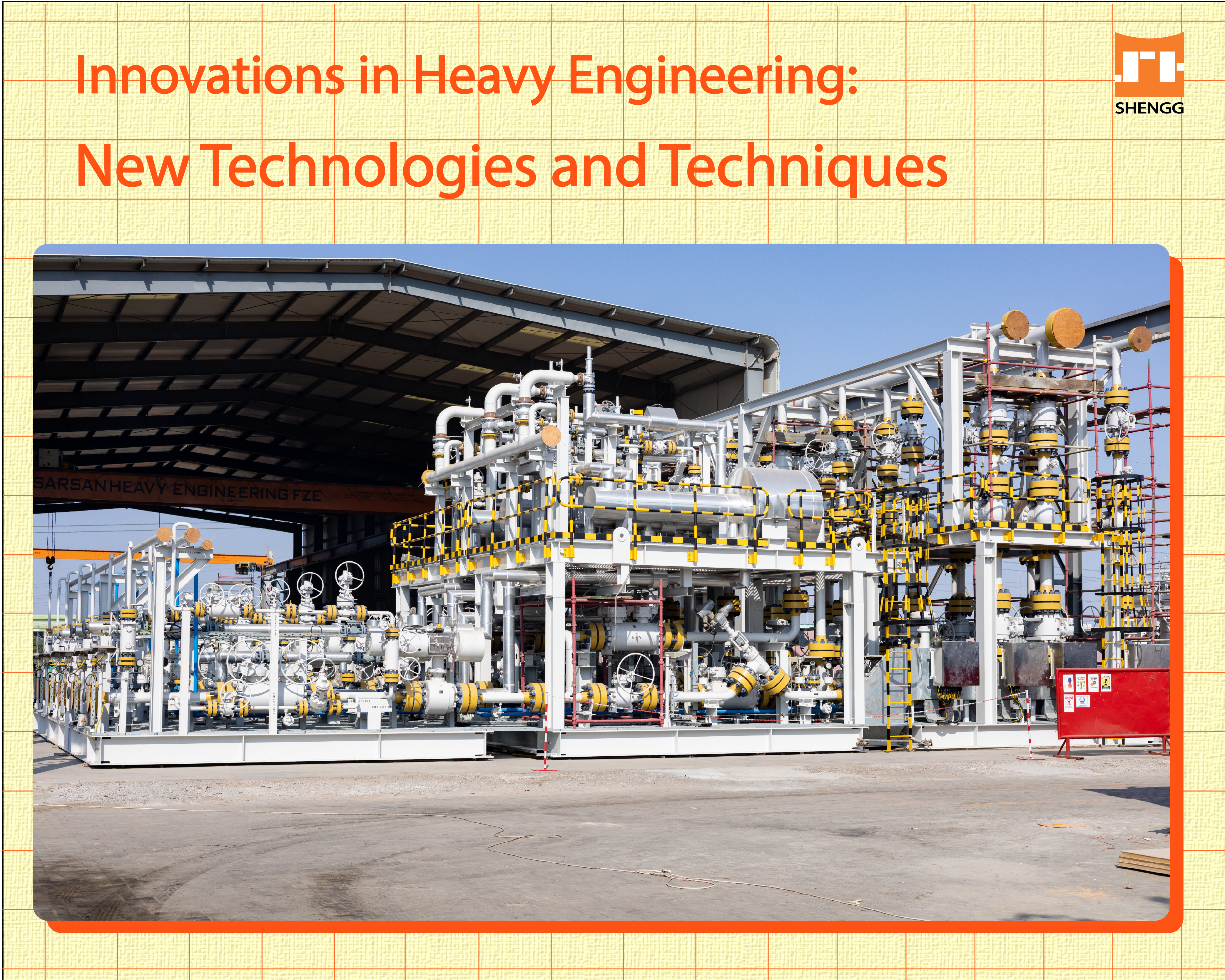
Innovations in Heavy engineering
Heavy engineering is the life blood of mass manufacturing, building of massive infrastructures, fuel industries- like mining and oil extraction, aerospace, petrochemicals, etc. Heavy industry is the reason everyone is enjoying edibles, potable water in the house, car, view from 21st floor balcony, and other luxuries.
Innovations and inventions are the product of testing boundaries and becoming better than our current state. The world’s leading scientists and engineers are aiming to solve problems such as harsh environments, human errors, control and communication gaps, carbon footprint and environmental damage.
Some of the major innovations that took the heavy industry in to a new era of efficiency are-
- MES (Manufacturing Execution System)
- All Composite Tanks
- Industry 4.0
- Sustainable materials.
MES ( Manufacturing Execution System)
The running of the heavy engineering machines is difficult to control. Processes often take time to execute and minor faults can lead to major consequences. The presence of engineers and workers near the machines is important but doesn’t solve data collection and problems inside the systems. Most common issues faced internally are cracking/ bursting of pipes, malfunctions with valves or the issues with process tanks.
MES utilises and monitors the data given by sensors placed inside the system. Engineers have digital control and can monitor all the processes that go on inside the system. It helps the machines to be more reliable and perform expected actions seamlessly. Its intelligent architecture monitors and reports issues such as bursting or cracking of lines, apparatus failure, maintenance needs in advance. Engineers can use the prediction to change or put the machines offline for maintenance.
All Composite Tanks (Type V tanks)
Mega steel tanks are very heavy and have a tight pressure limitation. This defect of material has pushed manufacturers to make tanks with thicker walls. As a result, these tanks are massive and occupy a large space but provide low volume for liquids.
Type V tanks are the latest innovation in tanks. The whole structure of the tank is made from composite materials. It gives the tanks major benefits such as lighter weight, higher pressure limits, reduced danger of bursting, and no metal or plastic to corrode. Some spherical prototypes are used as well to diminish the pressure points. Type II to IV tanks have a mix composition of metal and composite materials giving the tanks unique strengths.
As of now, Type V tanks are mainly used in spacecraft projects and aviation but few big manufacturers are bringing them into the fluids and chemical industry as well.
Industry 4.0
Every technology sector has been facing problems that are not major but do take a big chunk of time- like data collection, too much manpower, enforcing safety protocols in harsh environments, communication gaps, or slow processes.
Industry 4.0 is revolutionising all the machines and tasks around the world. With technological advancement bringing in AI, automation, and robotics; heavy engineering has become safer and efficient. Automated robots which can be operated from a digital cockpit have changed the face of working in harsher environments. AI has filled the communication gap between time shifts, machines, and geographical borders. Automation in data accessibility, collection and monitoring are used to train machines to perform the same tasks done by humans in a more efficient way.
Industry 4.0 has been used to create functioning prototypes and predictive tech. These prototypes are later used in training individuals and monitoring new processes without resorting to trial and error methods.
Sustainable materials
Heavy industries produce 11.2Gt of greenhouse gases every year. Which constitute 20% of total gas emission. Sustainability is the only way to compensate for the damage that has already been done to the ecosystem.
Damage has been caused at all three levels- materials used to make heavy machinery, use of fossil fuels in processes and waste emission, which is the most harmful for the environment.
Many tenders and projects are lined-up by almost all big names and nations to reduce harmful emissions and carbon footprint. Targeting the use of renewable energy such as – CNG, RNG, and H2 fuels-instead of fossil fuels and using composite materials and carbon fibres, are some of the few sustainable choices in heavy engineering.
New heavy machineries are focused on using less energy to run and to output the same results. It has been tricky, but making machines like skid systems, filtration packages and ambient tanks, out of composite materials and powering it with AI, has made the machines lighter and more efficient. Reducing the use of plastics has been a major step towards sustainability.
Heavy engineering works miracles in production and will always continue to do so. The innovations in this industry have been a major catalyst in making the existing systems more efficient, safe, environment friendly and disaster resistant.


